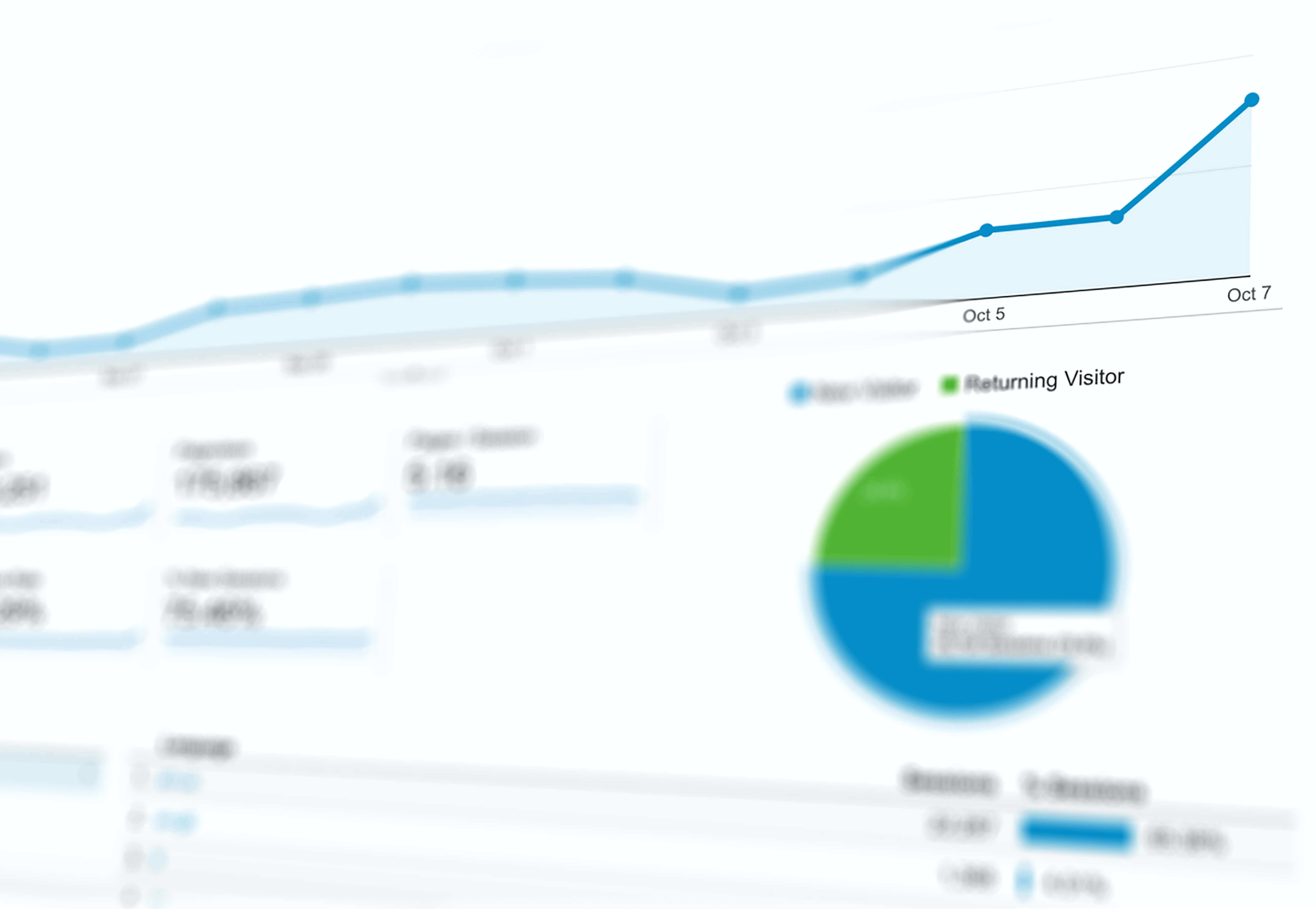In Grow Your Funnel in a Post-Cookie Landscape: Boost Conversions and Loyalty with First-Party Data, a live webinar presented by AdWeek and sponsored by our partner Aquia, Whereoware’s Vice President of Strategic Solutions Raquel Ploetz joined a panel of industry leaders to discuss marketing challenges in the Post-Cookie era.
The panelists discussed:
- The changing landscape of online privacy and the implications of cookie deprecation.
- The impact of the post-cookie world on driving new customers and boosting loyalty.
- Why first-party data converts new customers at a much higher rate.
Highlights From Our Strategy SME -
On Customers Hesitating to Accept Cookie Tracking Popups
Raquel: There's really no definition for the customer of what they're getting in return for sharing that data. So really, I think today's consumers are pushing back against sharing data, because they're not sure how it's being used.
In the past, when they've shared data with particular websites, it ends up being used to target them in other places.
Opportunities for Personalized Marketing in a Cookie-Depreciated World
It's leading to more of a personalized and privacy-focused approach for advertising and opens up an opportunity for us to think a little bit differently about how we go to market.
It's also challenging people and companies like Google to develop new advertising methodologies. Google has a privacy sandbox initiative, likely leading to the ability to target people in a different way. Obviously, I may be putting the cart before the horse here, but it could reverse some older advertising methodologies.
Regardless, it's taking a look to see if what you're doing today is working, and how do you shift that approach to be more privacy- and personalization-focused when speaking to your customer.
Marketing has to be consumer-centric, and customers' expectations are greater than ever.
Pivoting to First-Person Data Collection
For many years, we've all relied on third-party data. We've been collecting some consumer data along the way, but we haven't paid as much attention to it, as we probably should.
Realistically, third-party data just isn't as accurate as first-party data. It could be outdated or limited to one silo of browser-only data, versus when you're looking across the different touchpoints that you have with your customer.
Your customer touchpoints might be offline, online, or at a trade show. You might be capturing first-party data while they're placing an order, filling out account information, entering a contest, or downloading a white paper.
I would look across your full marketing ecosystem and figure out, where am I having these conversations with my customers, and at what point does it make sense for me to ask for more of that information?
It's really about how are customers engaging with your brand, even if it's not through marketing tactics? What are they doing online? What are they doing within stores? What are the conversations they're having with your sales team or on social media?
Again, it's all about making sure that you're capturing first-party data, while being compliant with private data and transparent with the end user.
~~~
Enjoy the recording above to hear from the full panel!
Let's Build Your Data Marketing Strategy
Let's Build Your Data Marketing Strategy
Recommended articles

Data And Analytics
Strategy and Optimization
3 Essential E-commerce Reports in Google Analytics 4 (GA4)
Take your e-commerce website to new heights with the 3 indispensable reports in Google Analytics 4 (GA4).

Data And Analytics
Google Analytics 4 - What Marketers Need to Know About GA4
Read our take on Google Analytics 4 and what you need to know about its' complete makeover, new data model, interface, and functionality.

Agency Life
Whereoware Women in Leadership: Meet Teya
Partner and Executive VP of Operations Teya Tuccio-Flick is our spotlight Whereoware Woman in Leadership this month.


